On April 5, 1975, implementing the Politburo's determination to liberate the South before the rainy season, the Coastal Army, including the 2nd Corps and the 3rd Division of Military Region 5, was established. Truong Son troops concentrated their forces to urgently transport troops and goods to the South.
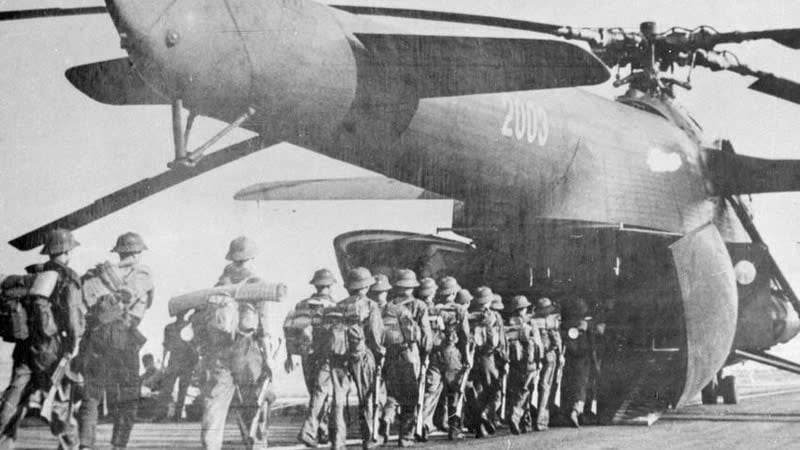
On April 5, 1975, implementing the Politburo's determination to liberate the South before the rainy season, the Coastal Army, including the 2nd Corps and the 3rd Division of Military Region 5, was established.
Lieutenant General Le Trong Tan, Deputy Chief of the General Staff, was appointed Commander. Lieutenant General Le Quang Hoa, Deputy Director of the General Department of Politics, was appointed Political Commissar. Lieutenant General Dong Sy Nguyen, Commander of the Truong Son Corps, was appointed Deputy Commander, directly responsible for ensuring bridges, roads and logistics for this army.
The Central Military Commission Standing Committee also decided to strengthen the Coastal Wing - the eastern wing, Divisions 325, 304 and a number of artillery, tank, anti-aircraft and engineering units.
On the same day, April 5, 1975, at the headquarters of the 2nd Corps in Hoa Khanh, comrades Le Trong Tan and Le Quang Hoa assigned the units of the Corps to urgently complete the organization of the march so that the leading group could depart on April 7, 1975.
Meanwhile, on April 5, 1975, the 312th Division of the 1st Corps marched to the Ministry's Traffic Control Station in Dong Ha (Quang Tri). Here, the Division received orders to continue motorized marching along the Western Truong Son road to the Southeast region to promptly participate in the campaign to liberate Saigon.
In Can Tho, on April 5, 1975, the 10th Regiment and the Tay Do Battalion of Can Tho province used mortars to attack the headquarters of the 11th Division of the Army of the Republic of Vietnam and attacked the Mot Ngan sub-region for the second time.
On the same day, April 5, 1975, the first transport flight bearing the Liberation Army insignia from the North landed at Phu Bai airport (Hue) and two days later landed in Da Nang, inaugurating the operation of the Hanoi-Hue and Hanoi-Da Nang air routes and starting to organize flights from Da Nang to the newly liberated airports in the Central Highlands.
In the exciting atmosphere of the whole country going to battle, the entire transport force including 12,000 people, 6,300 transport vehicles of the Truong Son Army Command; more than 2,100 cars of the Transport Department of the General Department of Logistics and hundreds of cars of military regions, army corps and military branches were mobilized to transport troops and goods to serve the campaign to liberate Saigon-Gia Dinh.
By April 1975, units under the Truong Son Command had brought to the South more than 115,000 troops and 90,000 tons of goods, including 37,000 tons of weapons and 9,000 tons of gasoline.
On the Saigon government's side, on the same day, President Nguyen Van Thieu decided to reinforce the "Phan Rang steel shield" with a parachute brigade, a special forces regiment and several armored units to try to hold the remaining land.
At the same time, Thieu appointed House Speaker Nguyen Ba Can to the position of Prime Minister, replacing Tran Thien Khiem. To increase the prestige of the puppet army, two large US aircraft carriers of the Pacific Fleet patrolled to show off their strength in the waters of southern Vietnam. President G. Pho decided to begin evacuating American families and personnel back home.
NDO
Source: https://baohanam.com.vn/chinh-tri/ngay-5-4-1975-thanh-lap-canh-quan-duyen-hai-155927.html



![[Photo] Visiting Cu Chi Tunnels - a heroic underground feat](https://vstatic.vietnam.vn/vietnam/resource/IMAGE/2025/4/8/06cb489403514b878768dd7262daba0b)




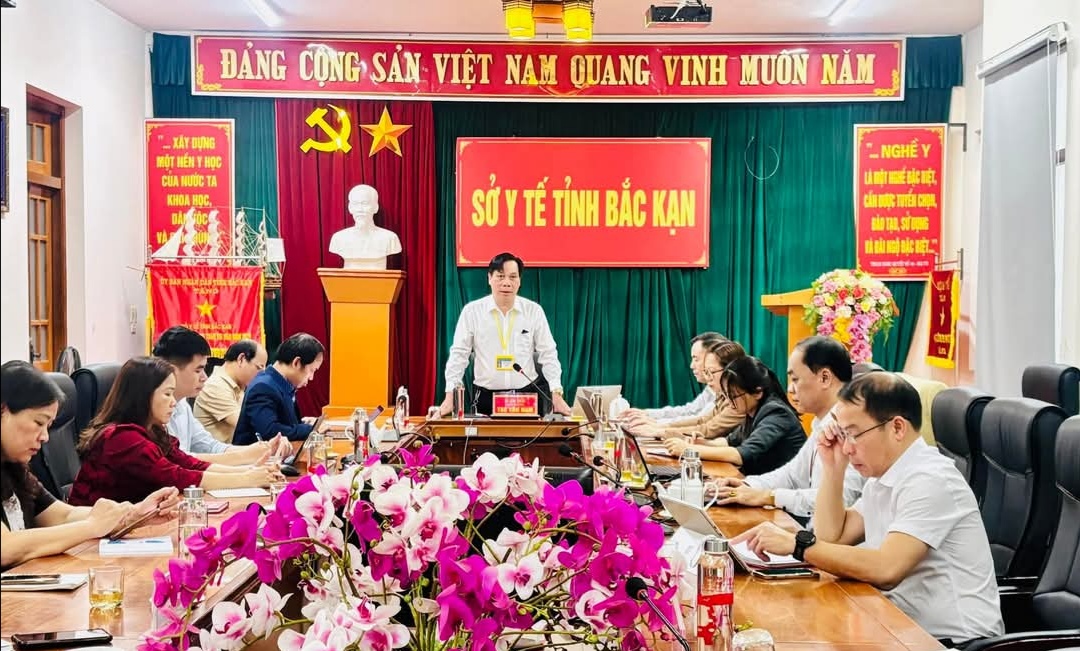
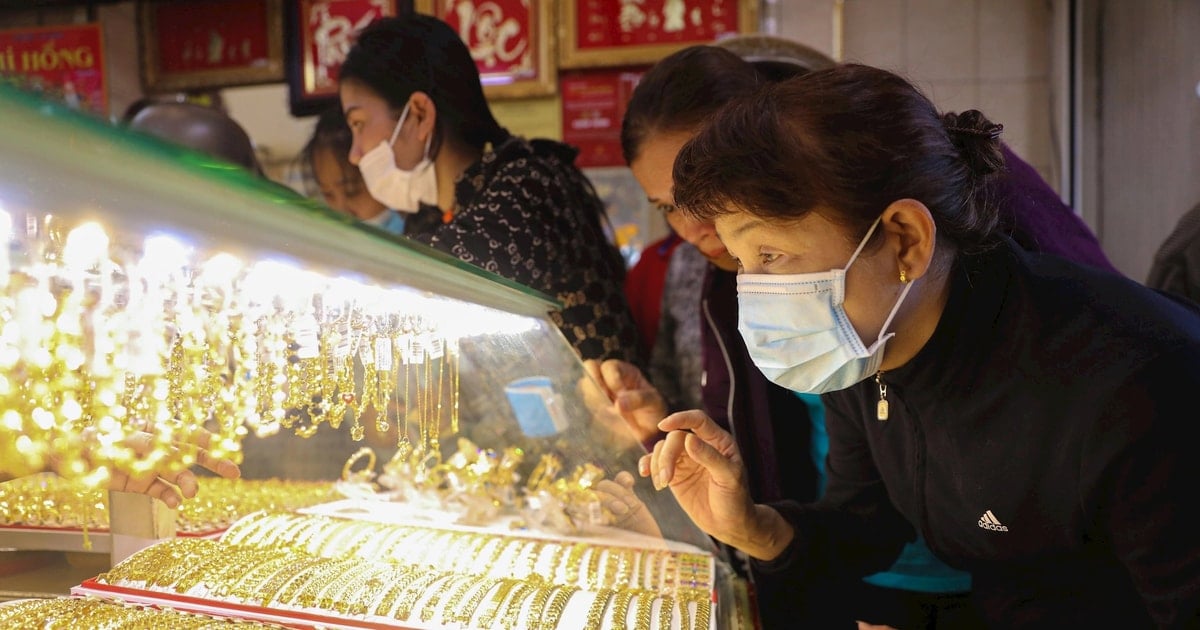
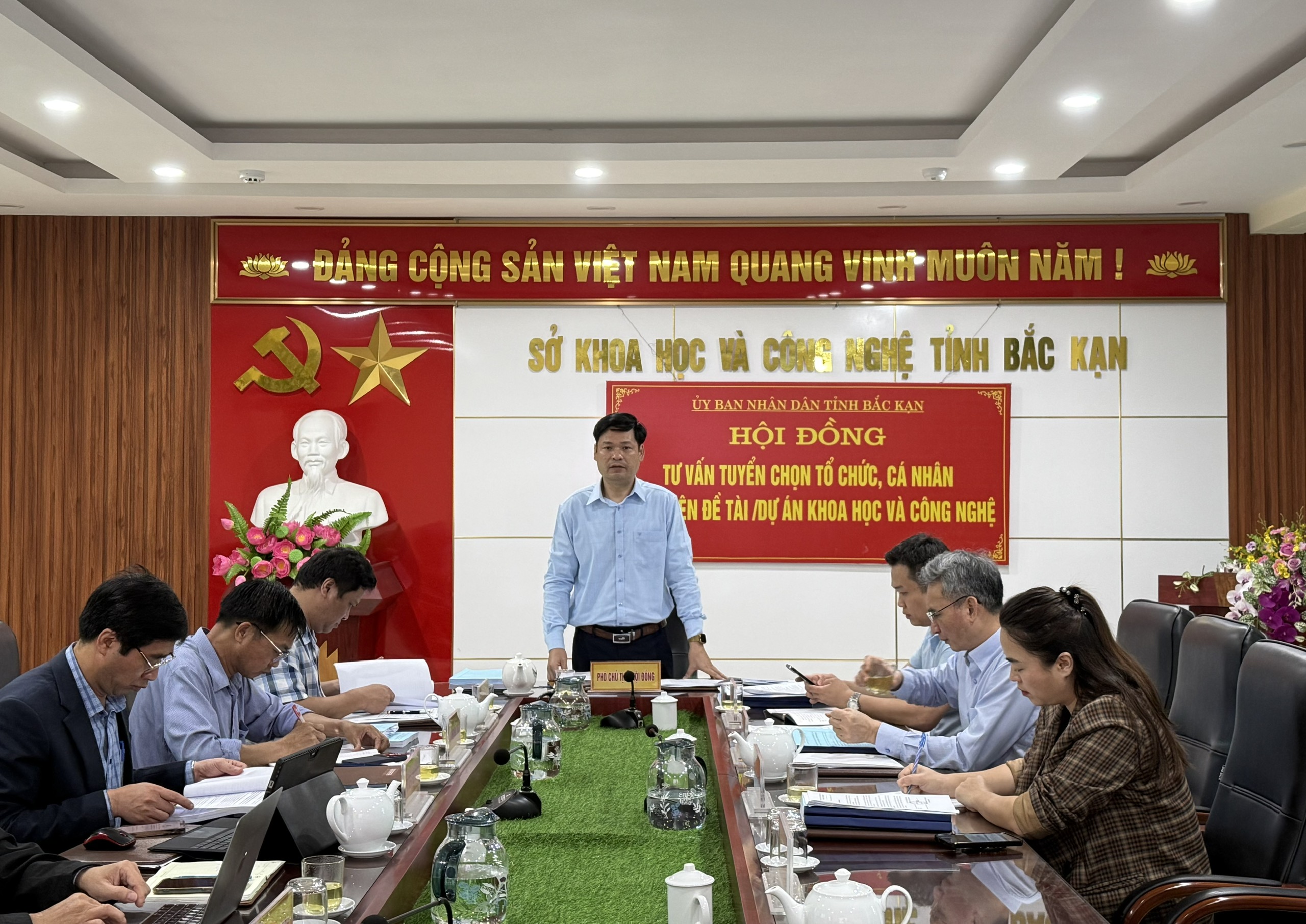
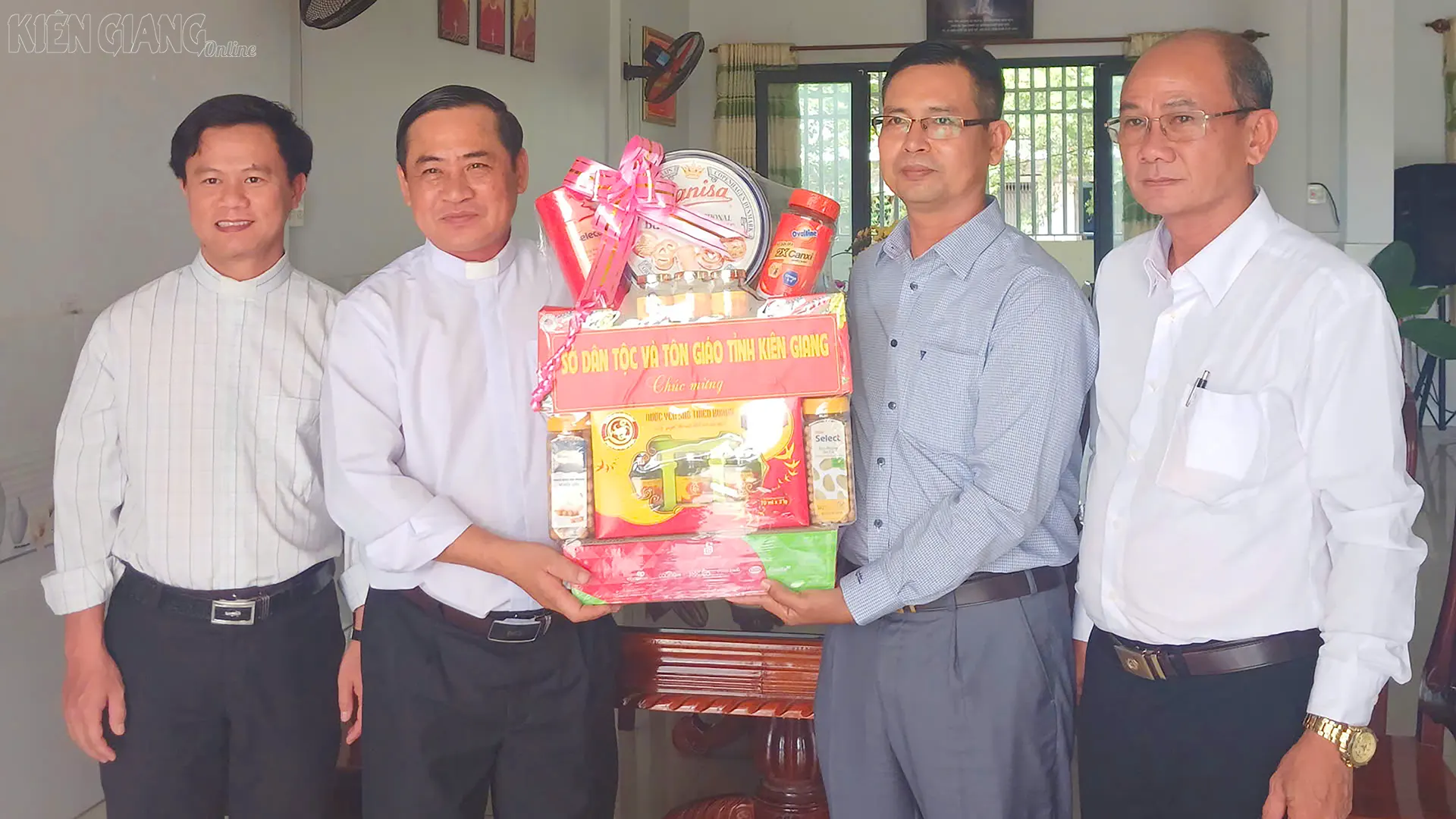
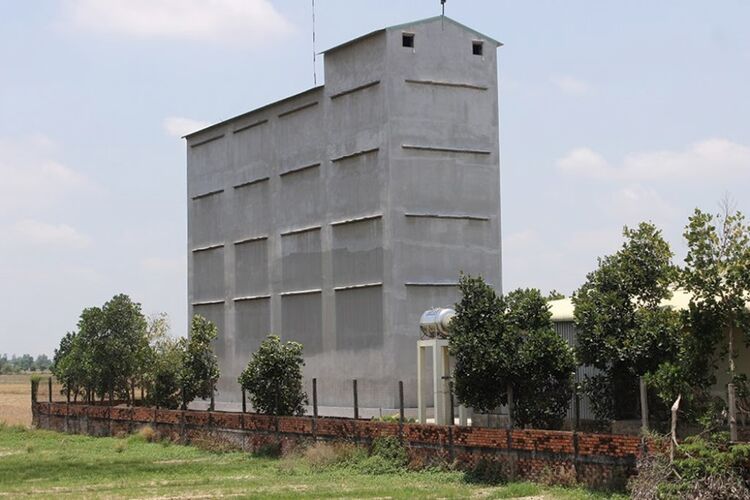
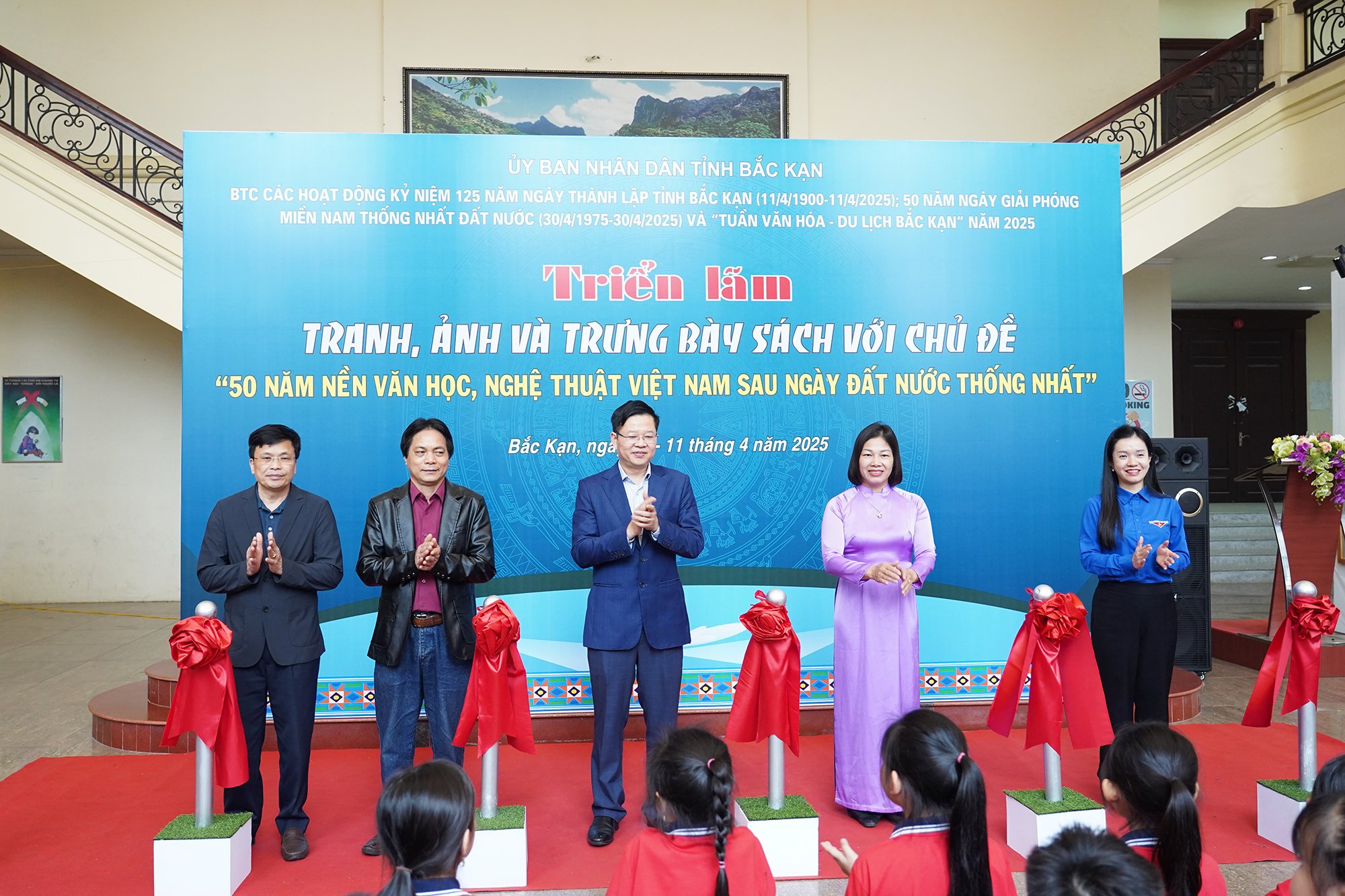

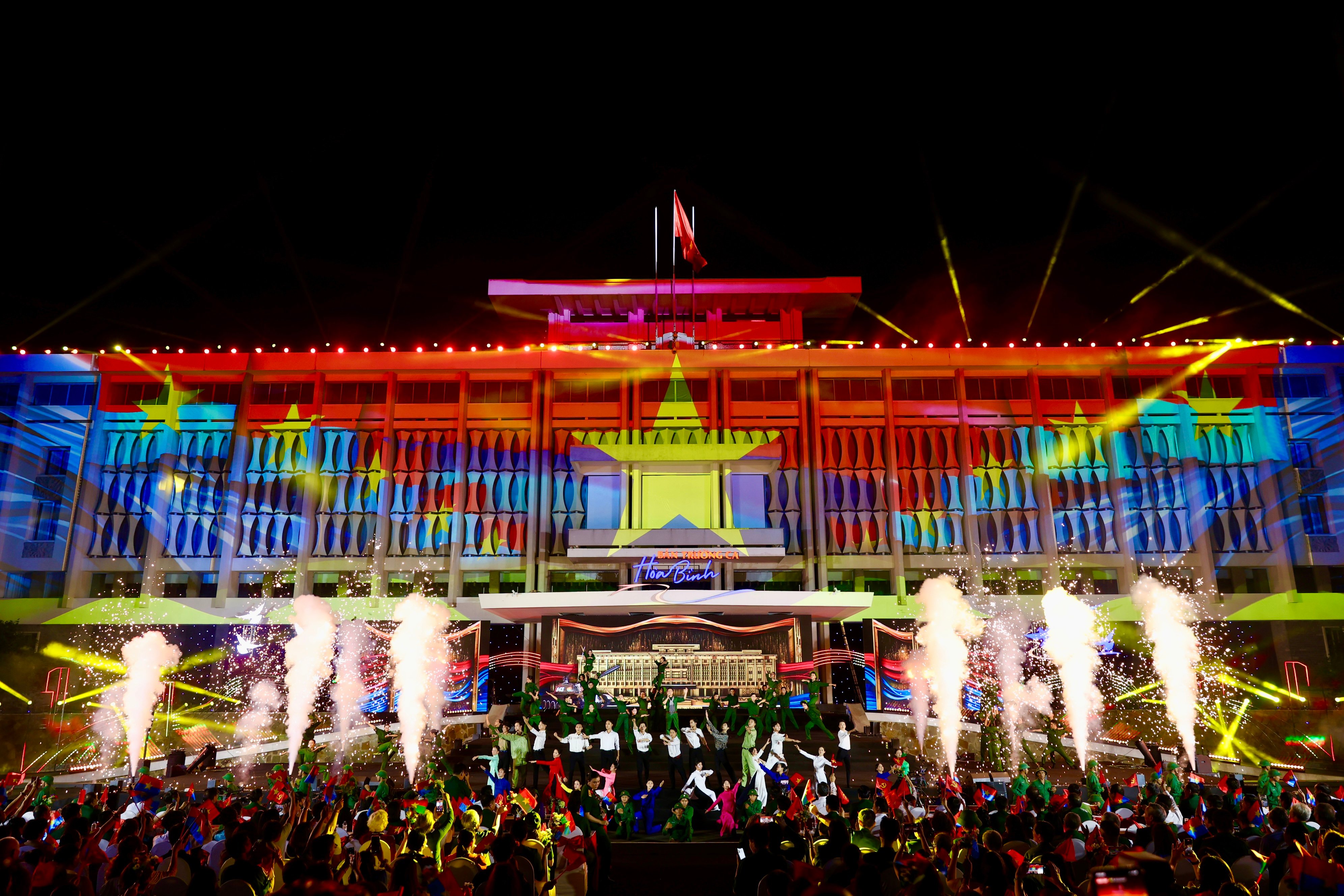
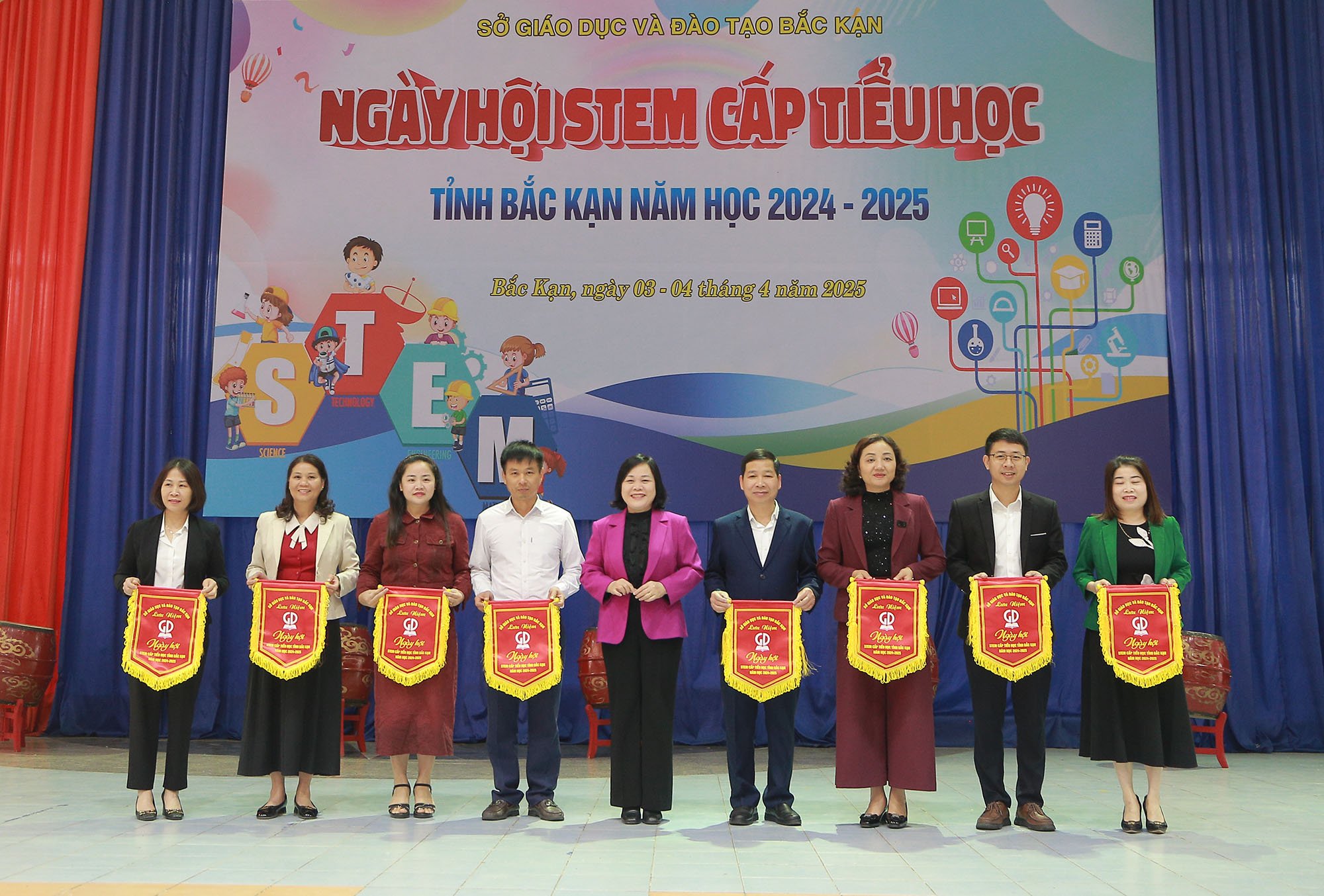
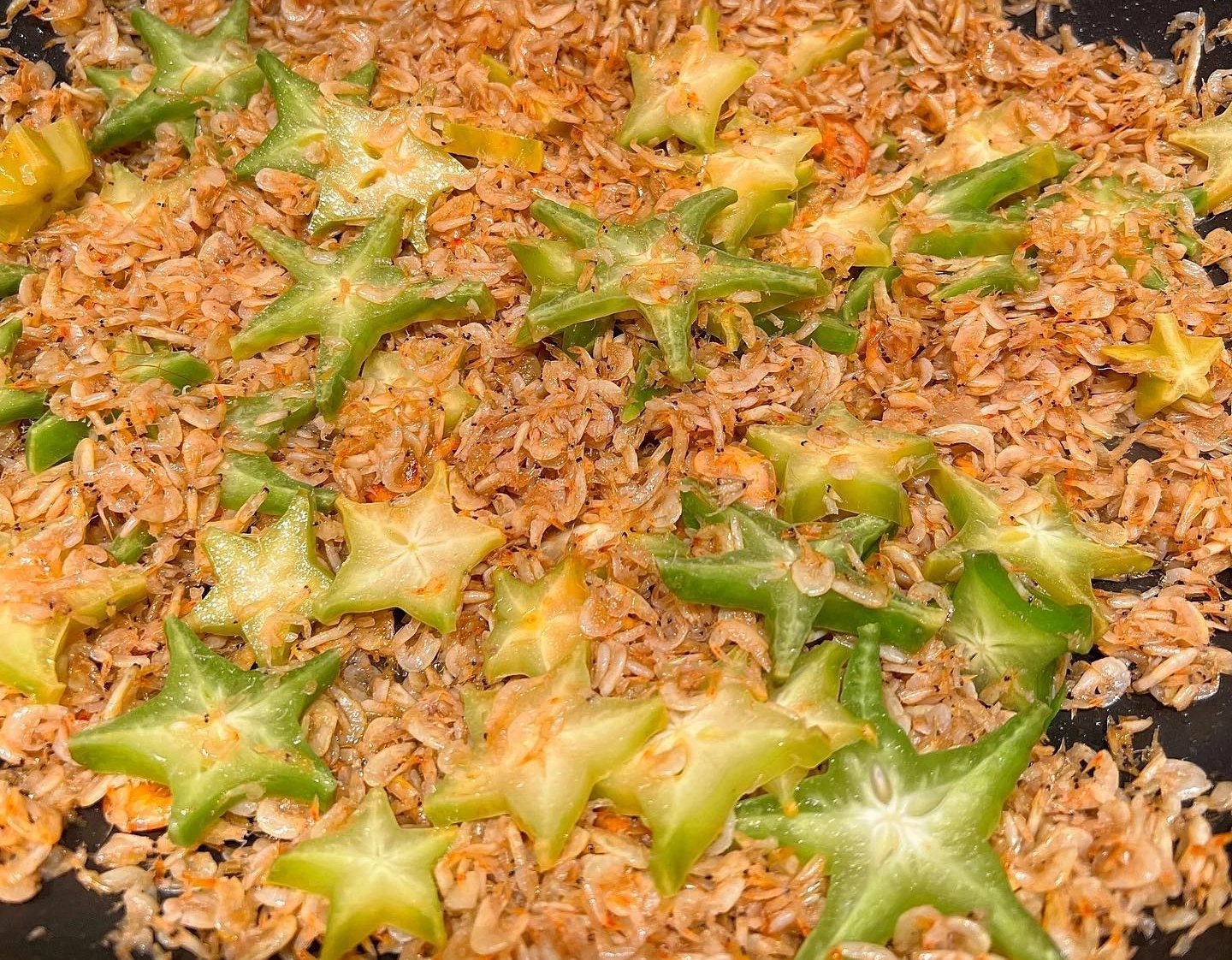
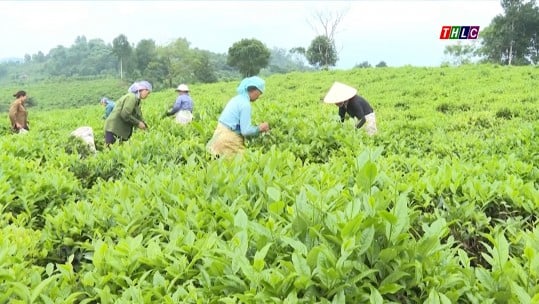
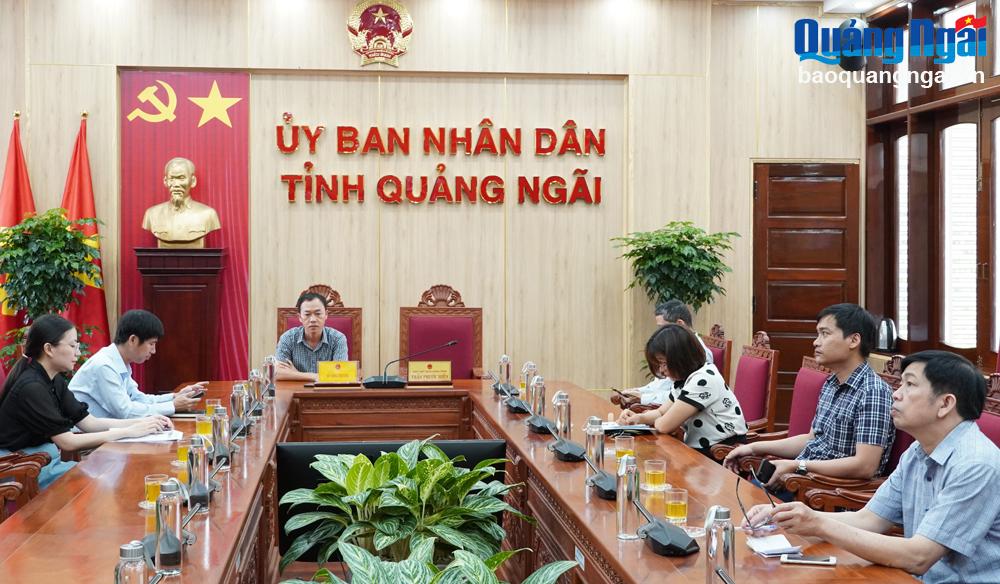
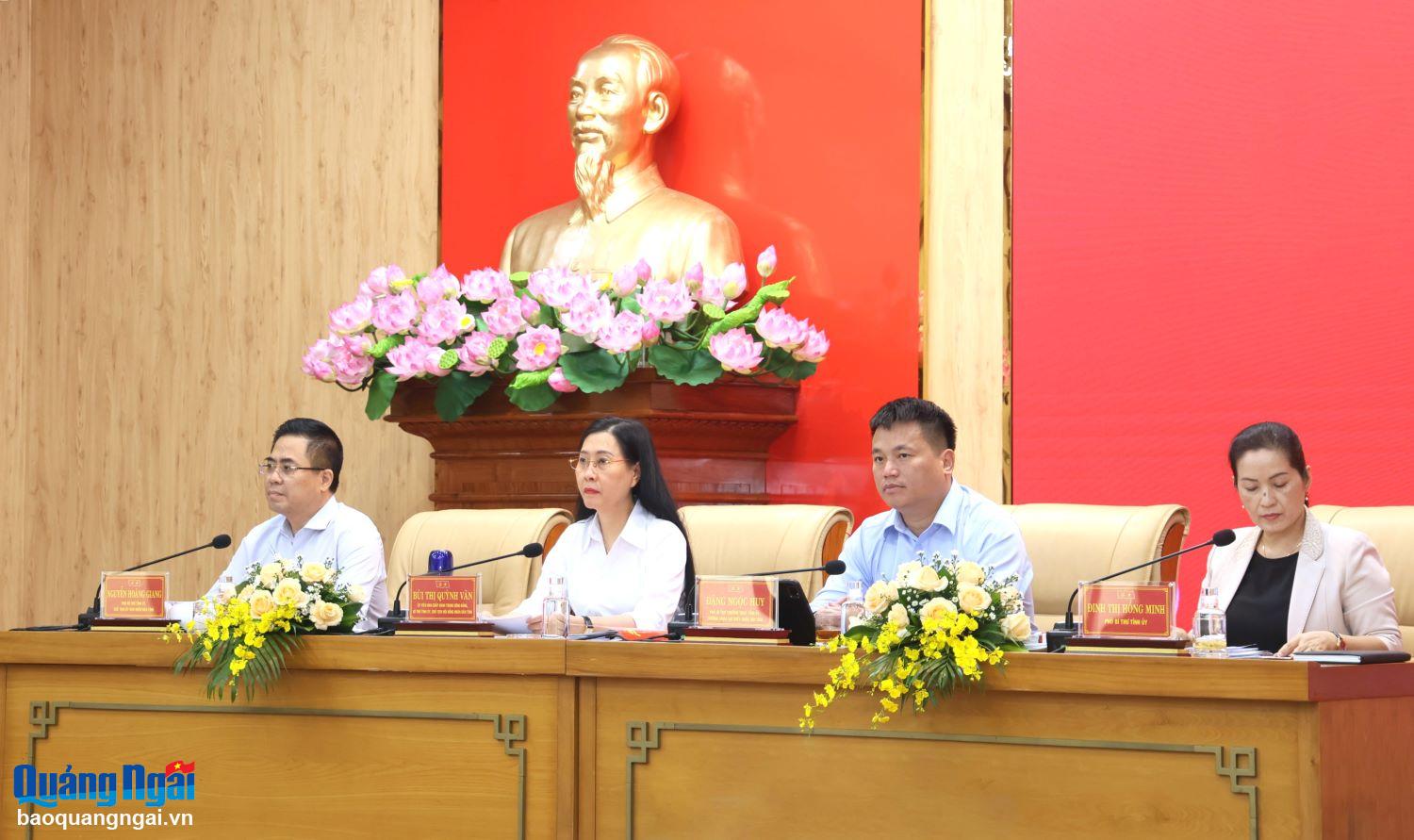
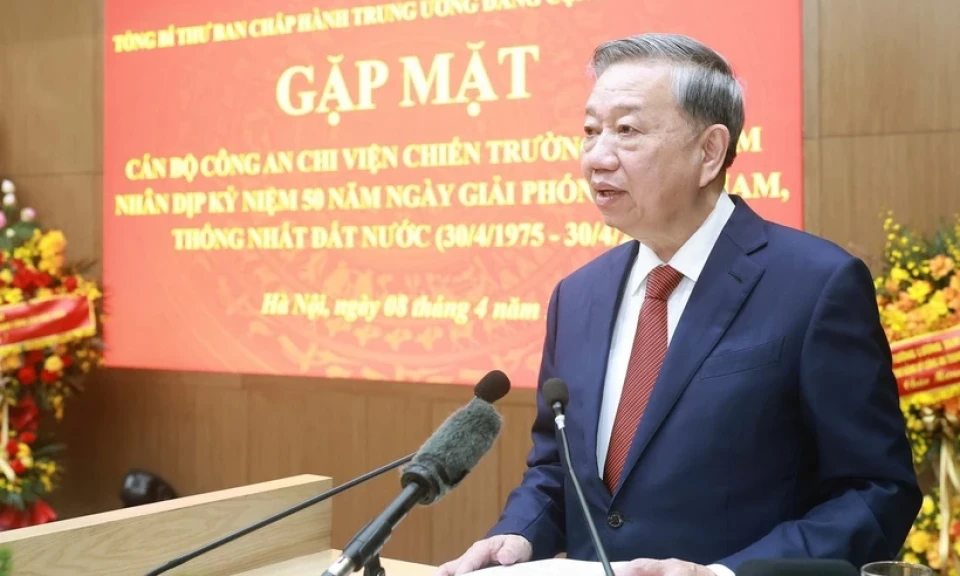
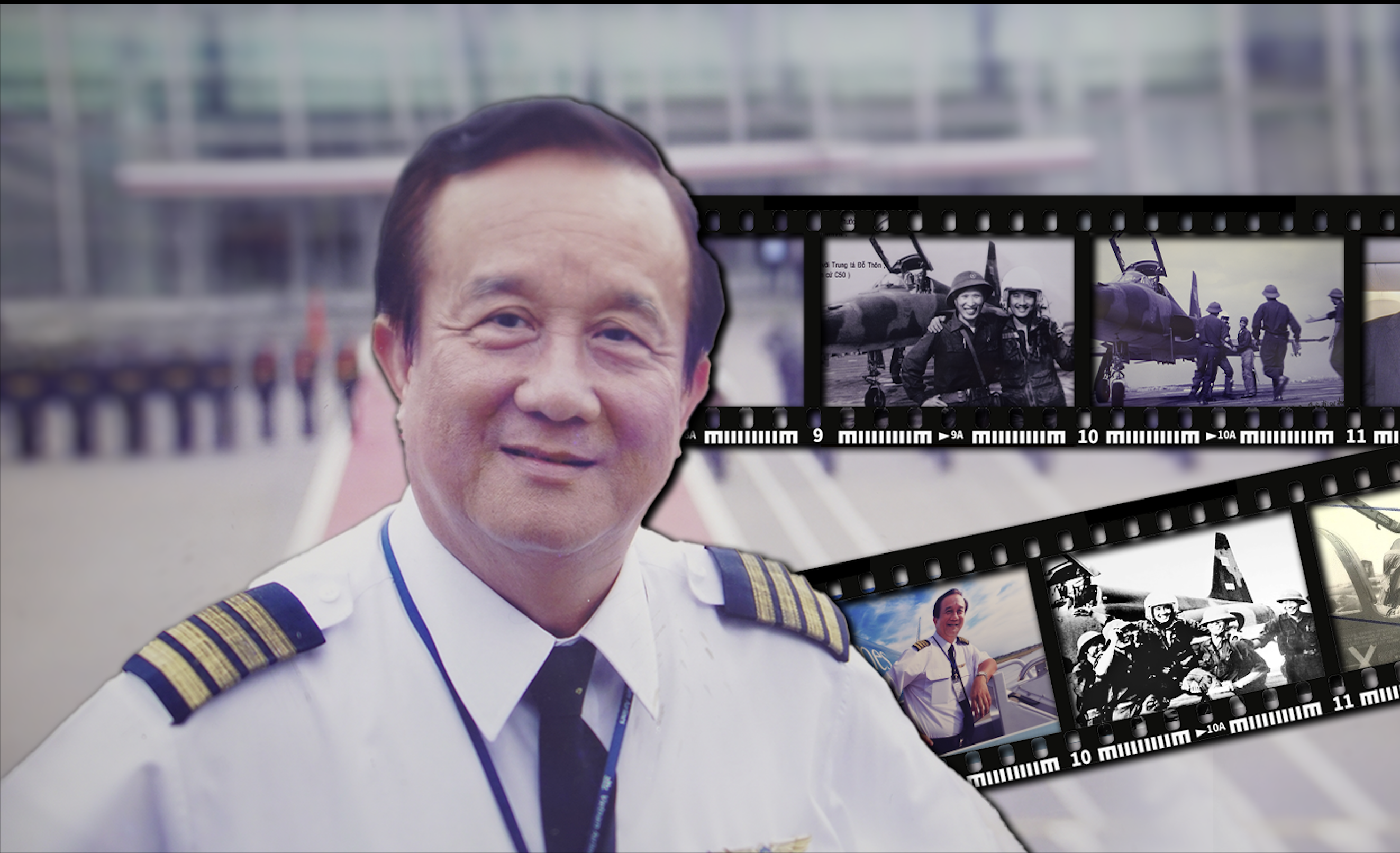

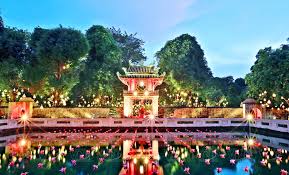

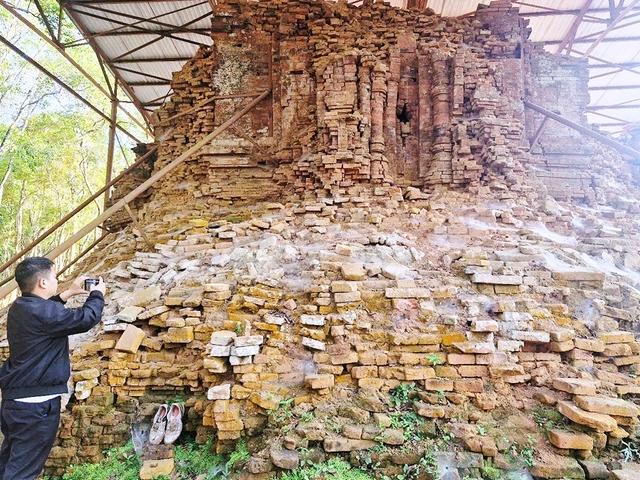



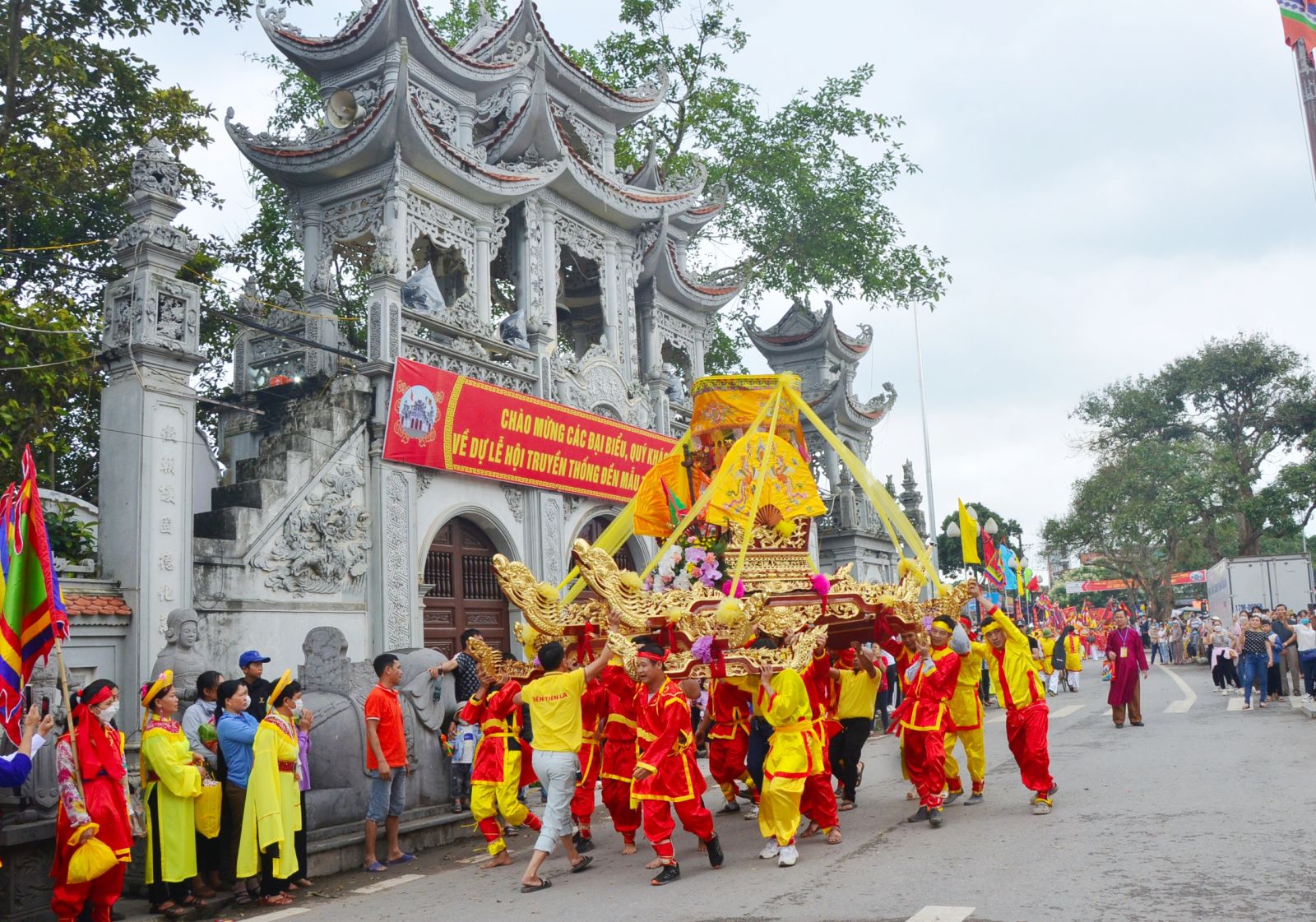

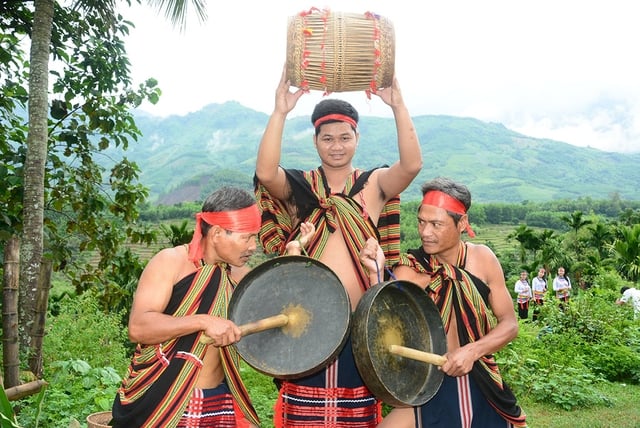





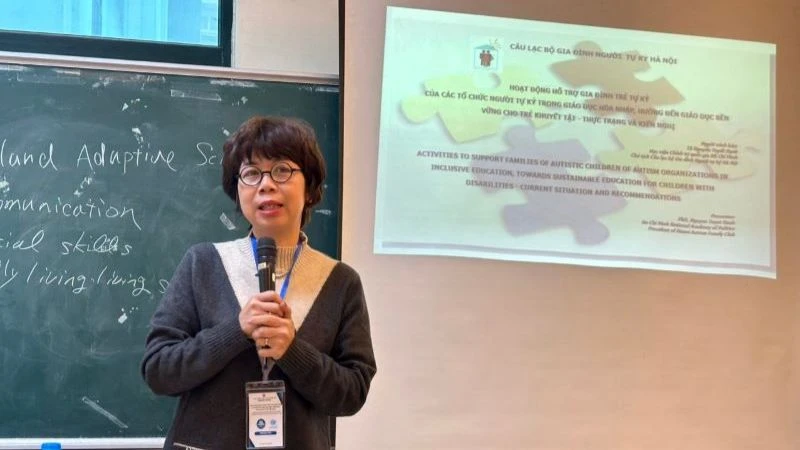



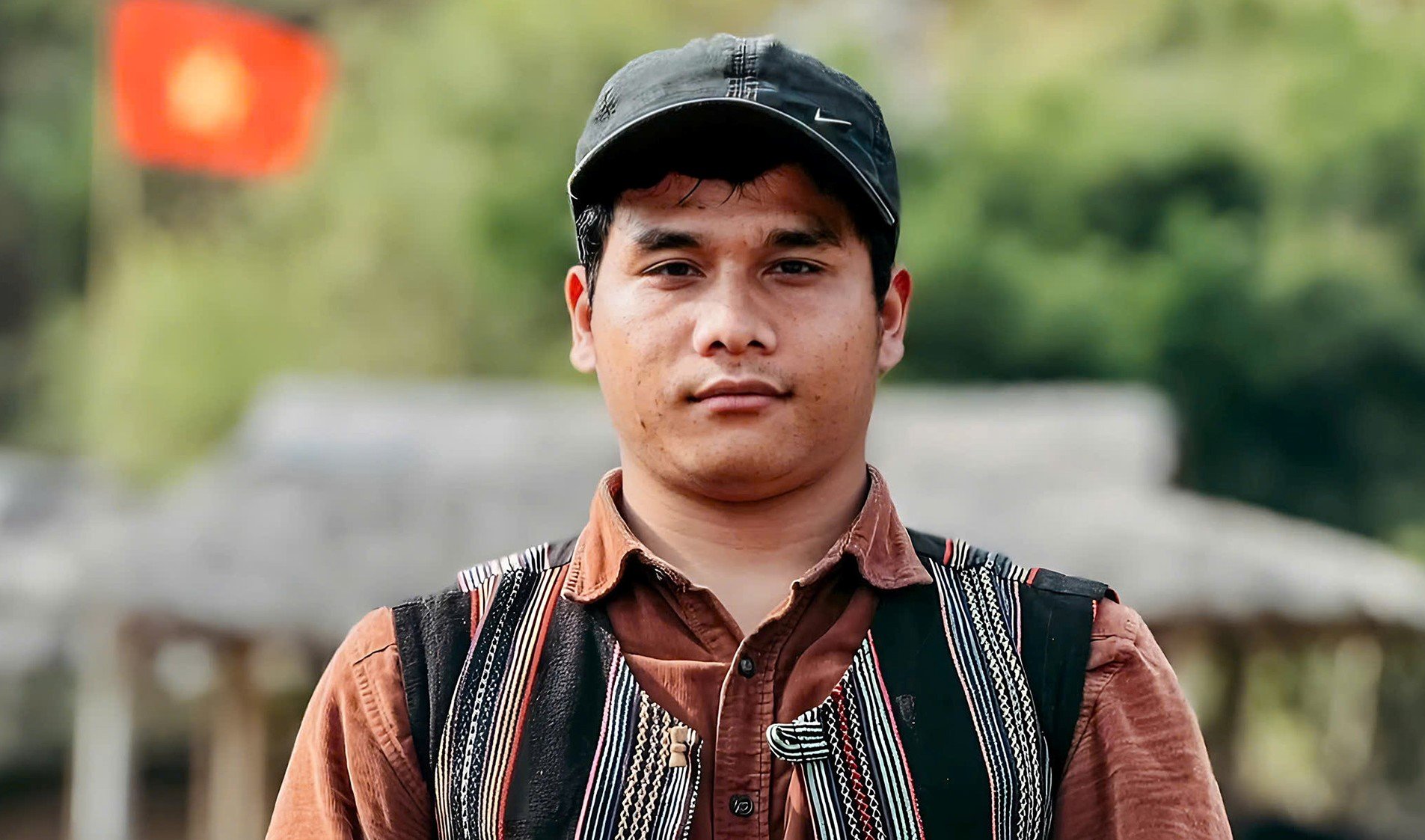

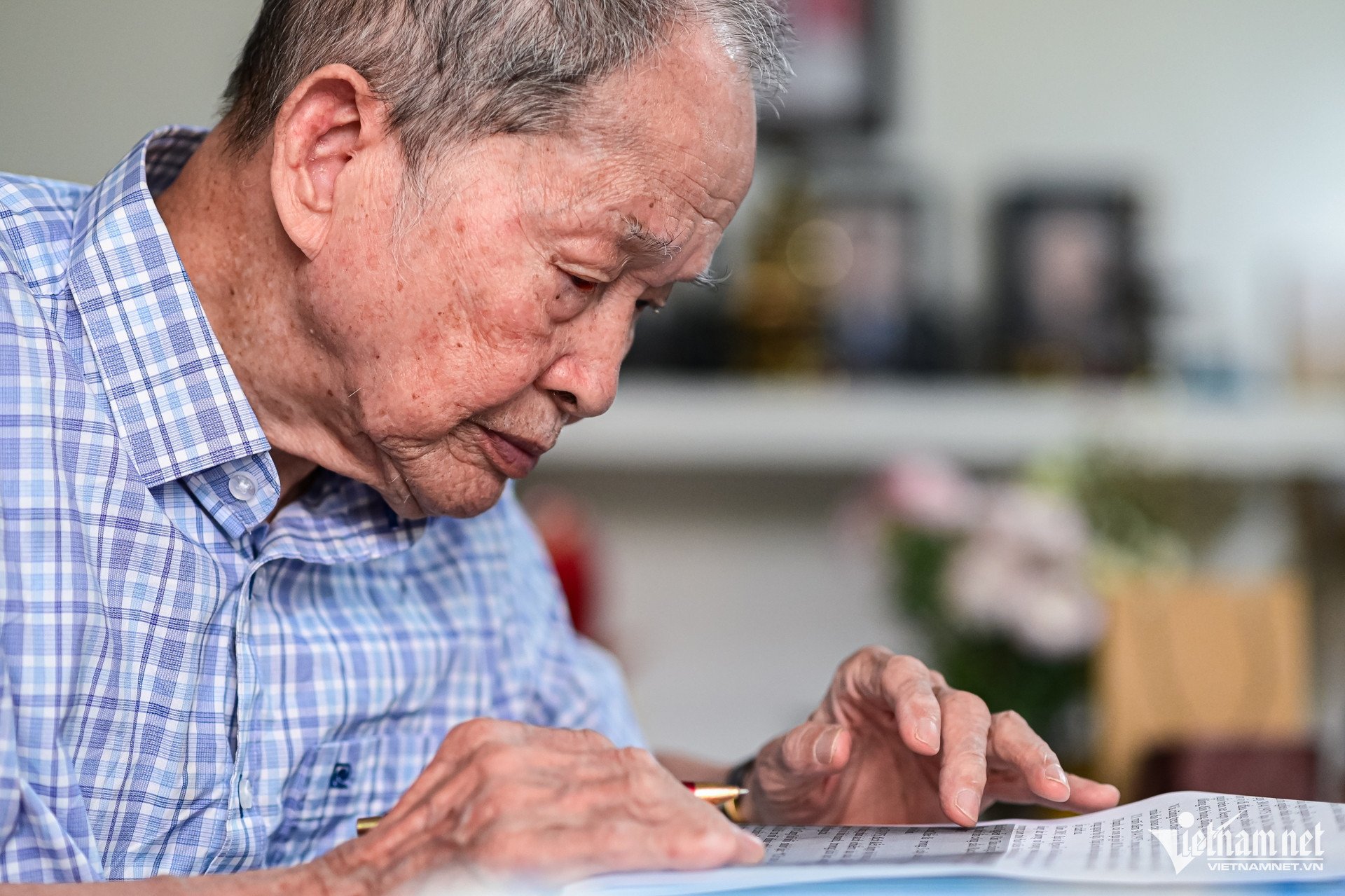
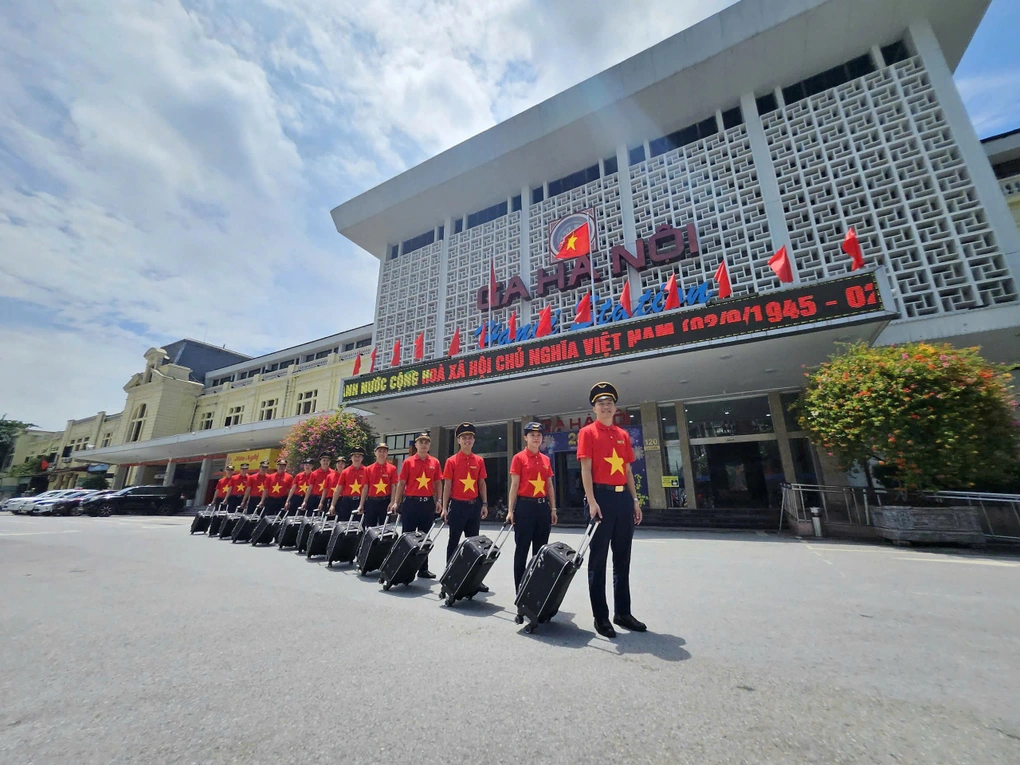




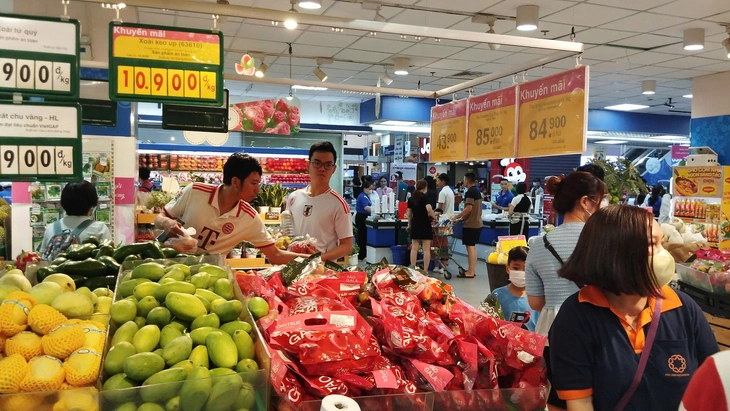



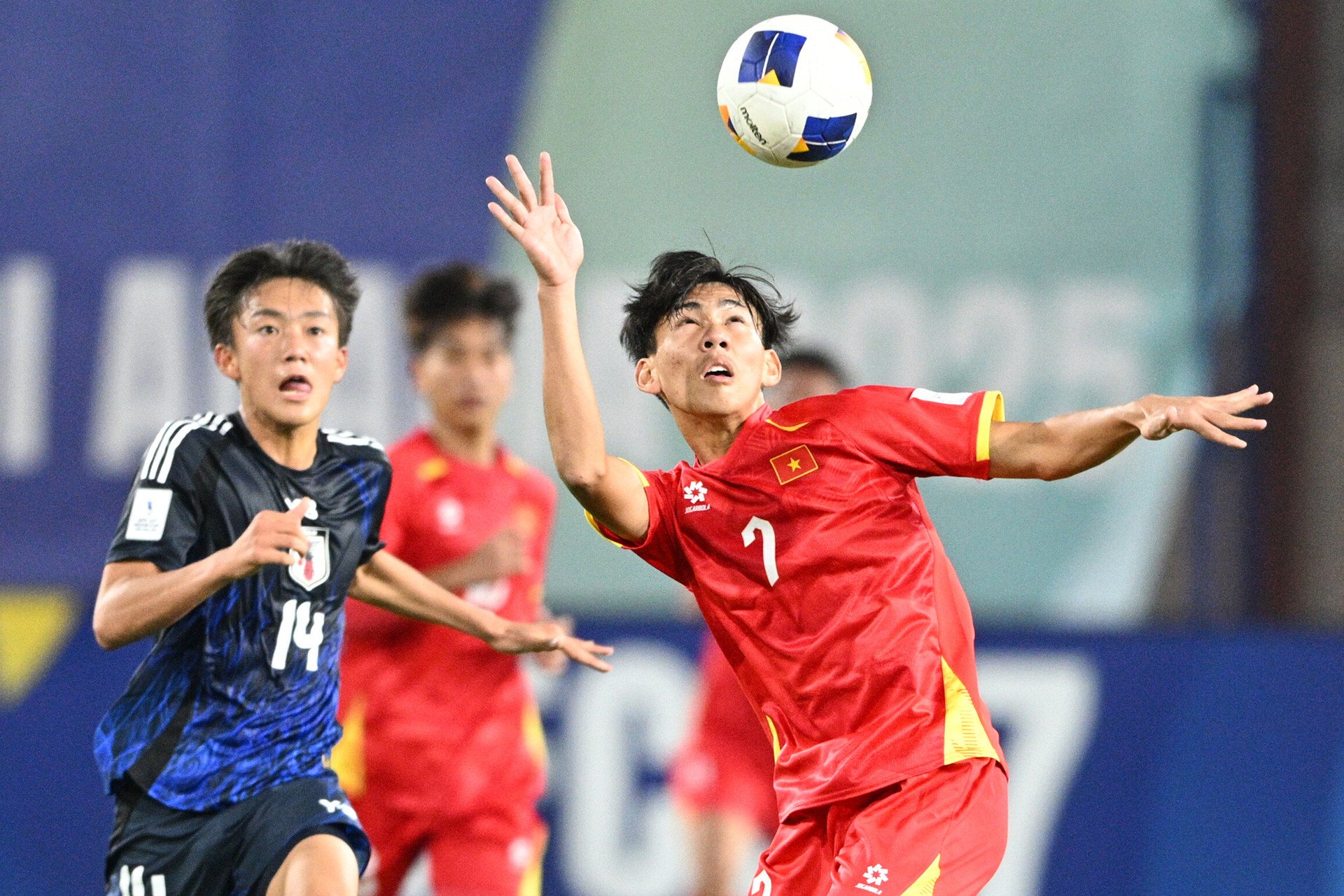
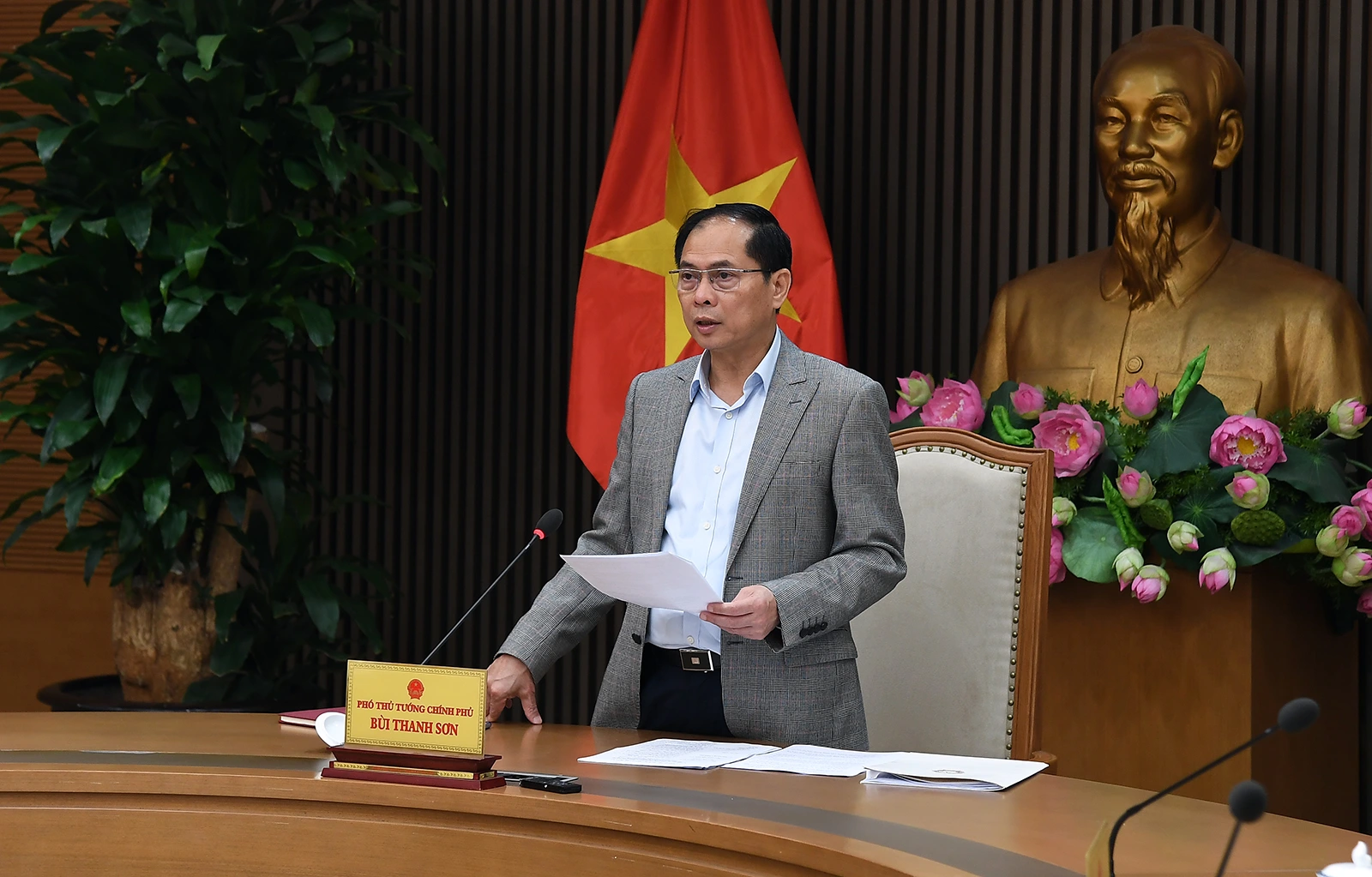















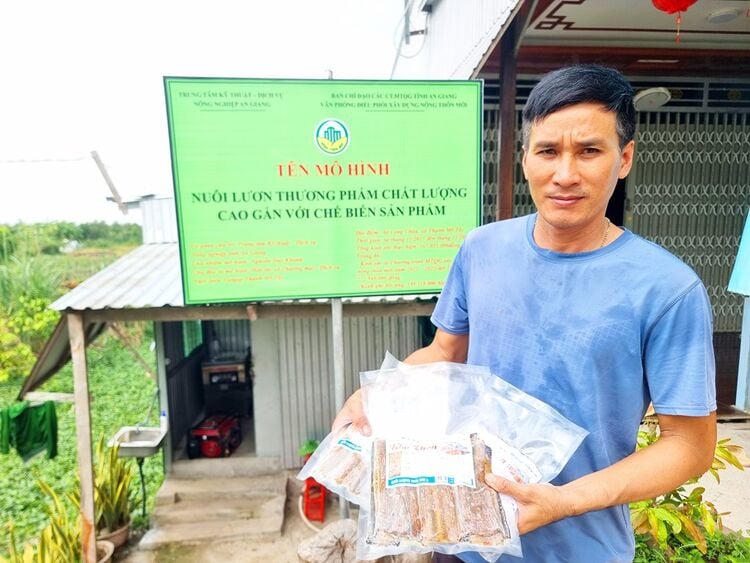
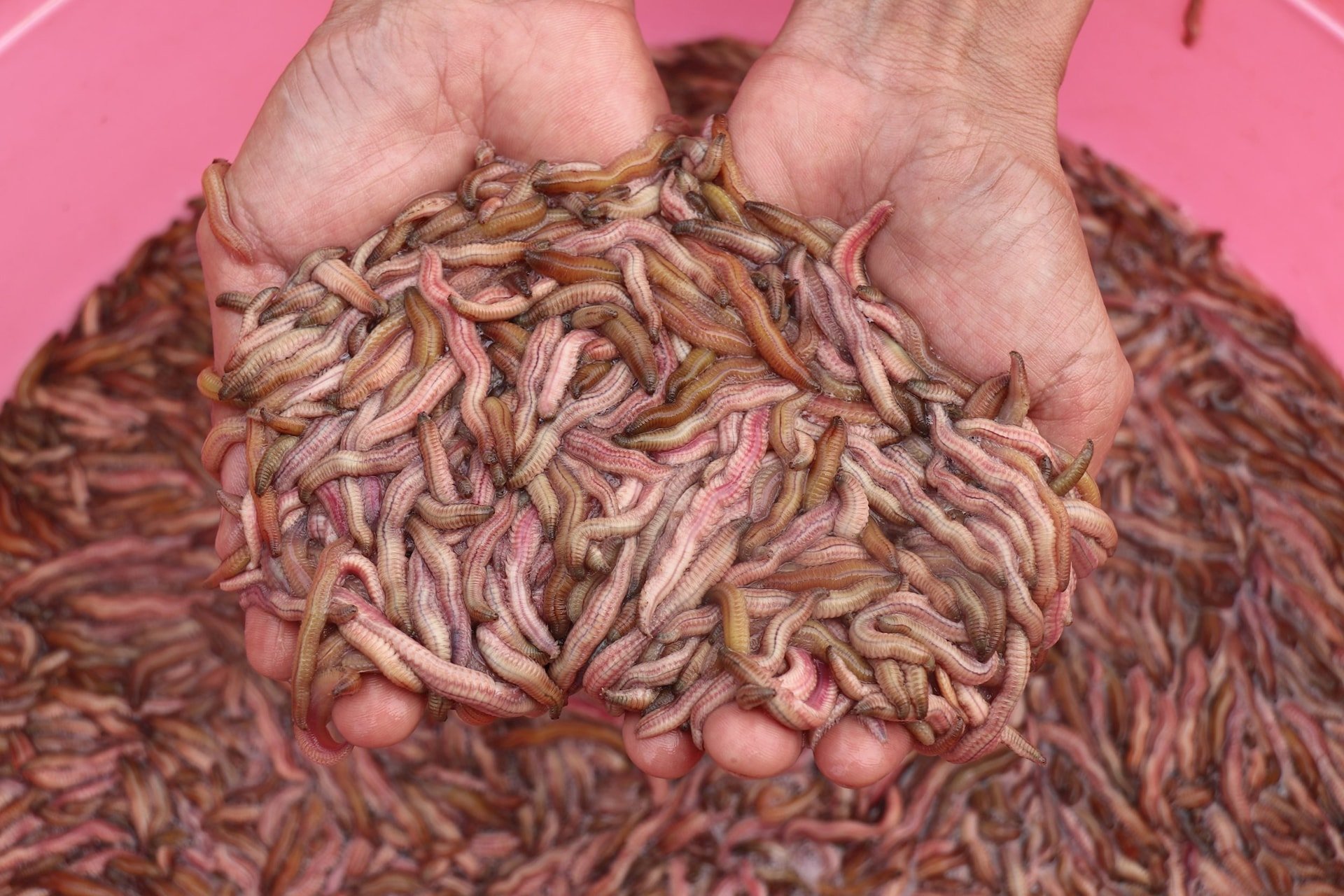
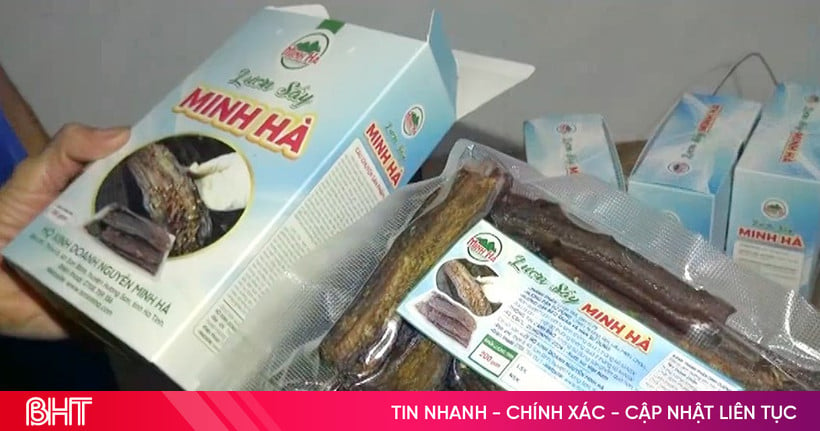

Comment (0)